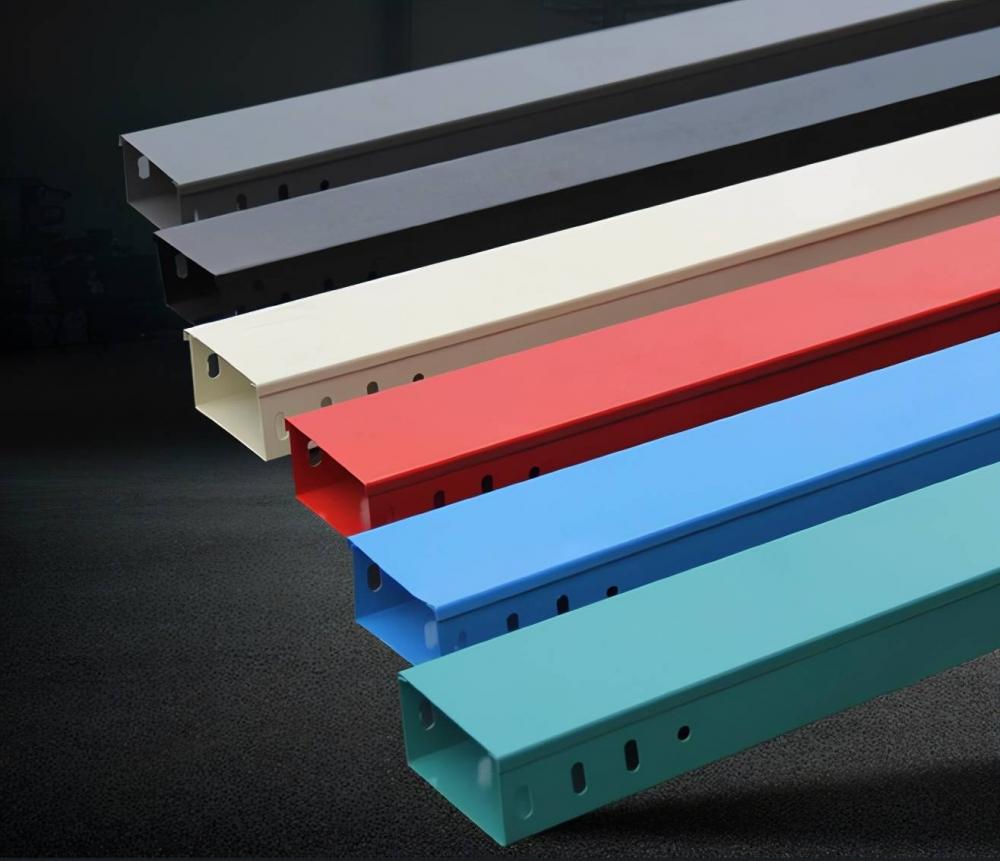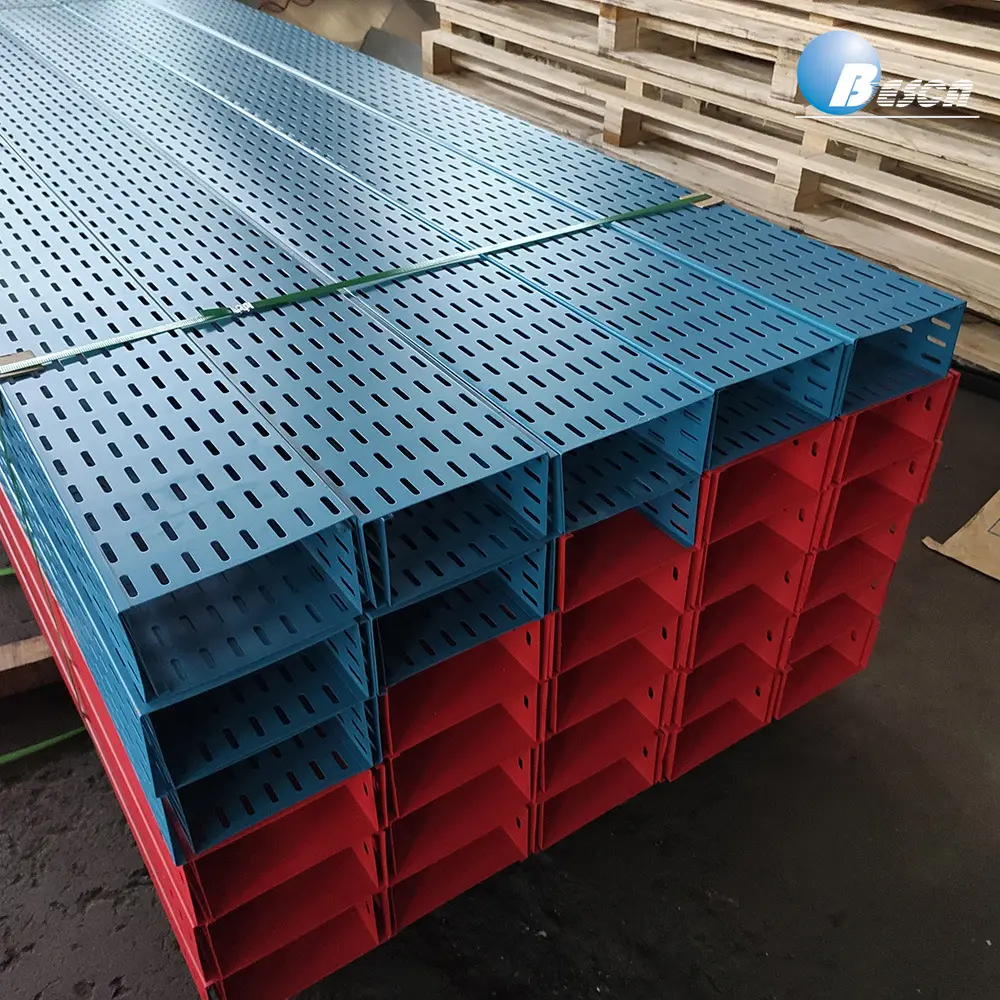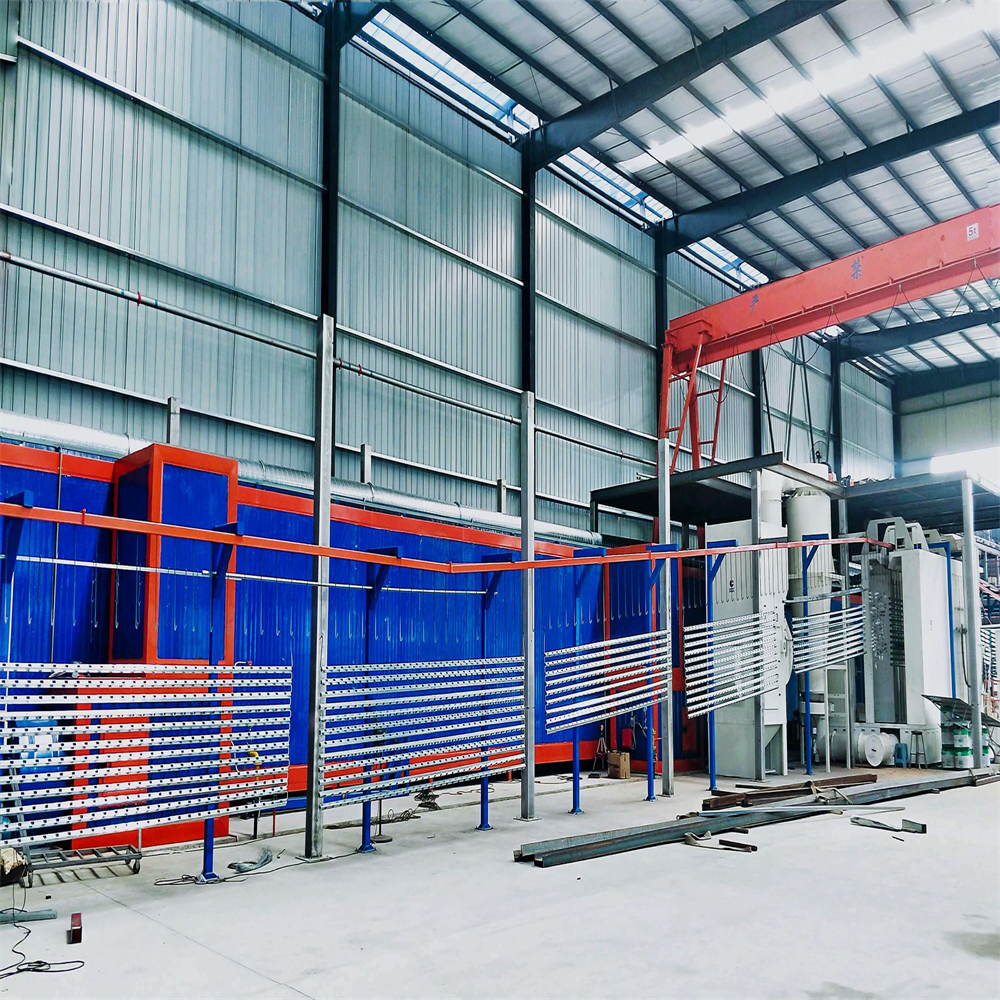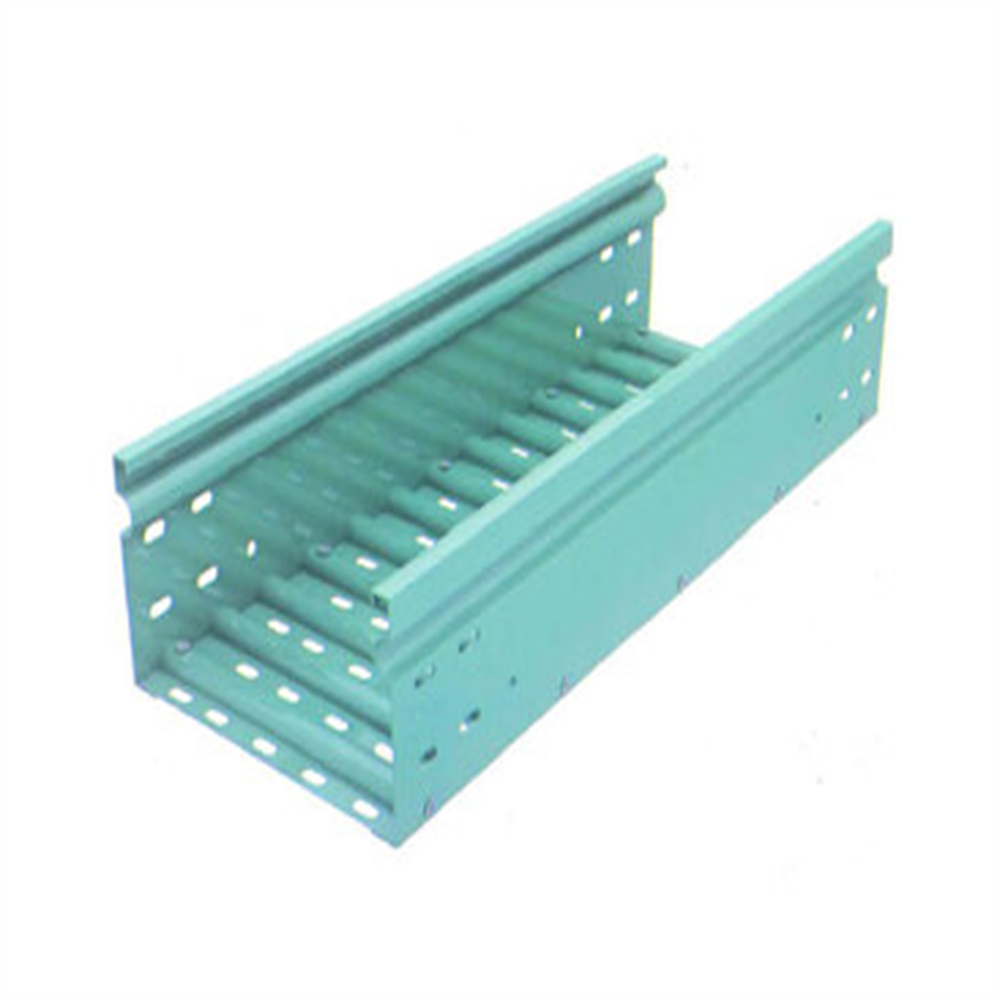Tips for using touch screens - Solutions - Huaqiang
1. Run your app in full screen mode to eliminate the file name and menu bars, allowing users to fully immerse themselves in the experience without distractions.
2. Choose a bright background color instead of black. A bright background helps hide fingerprints and reduces glare, making the screen more comfortable to look at. Avoid complex patterns like crumpled paper, as they can draw attention away from the actual content and make it harder for users to focus on what’s important.
3. Use large, simple buttons to avoid confusion caused by complex interactions such as dragging, double-clicking, scrolling, or dropdown menus. These features may overwhelm less experienced users and reduce their overall satisfaction with the product.
4. Hide the mouse cursor so users can focus on the entire screen rather than the pointer. This encourages a more direct interaction style, helping users think about what they want to do rather than how to use the cursor. This is where the true potential of a touchscreen becomes evident.
5. Provide instant feedback when the screen is touched. Visual cues like button presses or sounds (such as a "beep") help confirm that the user's action was registered. Ensure the previous screen clears immediately and display an hourglass or loading icon before the next screen appears to maintain a smooth user experience.
6. Keep your app fast and engaging. Slow performance can frustrate users and cause them to abandon the app. Quick touch responses help maintain attention and reduce the risk of errors. High resolution and excessive colors can slow down the system, so prioritize speed over visual complexity.
7. Design the app to be intuitive and test it with real users. If a user pauses or seems confused, take note of where the problem lies and improve accordingly. A simple, clear interface makes the touch experience more natural and enjoyable.
8. Incorporate sound into the user experience. Since the brain processes both audio and visual information simultaneously, combining sound with touch can create a more engaging and magical interface. For example, guiding users with voice prompts like “Please click on the first letter of the company name†can enhance usability and accessibility.
9. Use animations and large fonts to make your app visually appealing and attractive. A well-designed kiosk should not only function well but also look inviting and professional.
10. When designing a self-service kiosk, consider several key factors: place an exhaust fan near the top of the monitor to prevent dust buildup. Keep the area clean and free of debris. Position speakers to direct sound toward the user’s ears. Use a reliable all-in-one touch display like Elo. Ensure the monitor has a sturdy base to withstand accidental touches. Finally, choose a finish that minimizes fingerprints and avoids overly reflective materials like shiny stainless steel or chrome.
The power coating process involves applying a dry powder to the surface of the cable tray and then heating it to a temperature that causes the powder to melt and form a smooth, even coating.
This coating is then cured, creating a hard, durable finish that is resistant to scratches, corrosion, and other types of damage.
One of the main advantages of power coated cable tray is its ability to withstand harsh environments and extreme temperatures.
It is commonly used in industries such as oil and gas, chemical processing, and power generation, where cables are exposed to high temperatures, corrosive chemicals, and other harsh conditions.





Powder Coated Cable Tray,Channel Cable Tray,Powder Coated Trunking Cable Tray,Powder Coated Cable Ladder
Rayhot Technology Group Co.,Ltd , https://www.cnrayhot.com